In the world of website creation and content management systems (CMS), WordPress stands tall as the most popular and versatile platform. With its user-friendly interface, extensive customization options, and a vast community of developers and users, WordPress has become the go-to choice for bloggers, small businesses, and even large enterprises. If you’re new to WordPress and eager to set up your own website or blog, this step-by-step guide will walk you through the process, making it easy and enjoyable.
What is WordPress
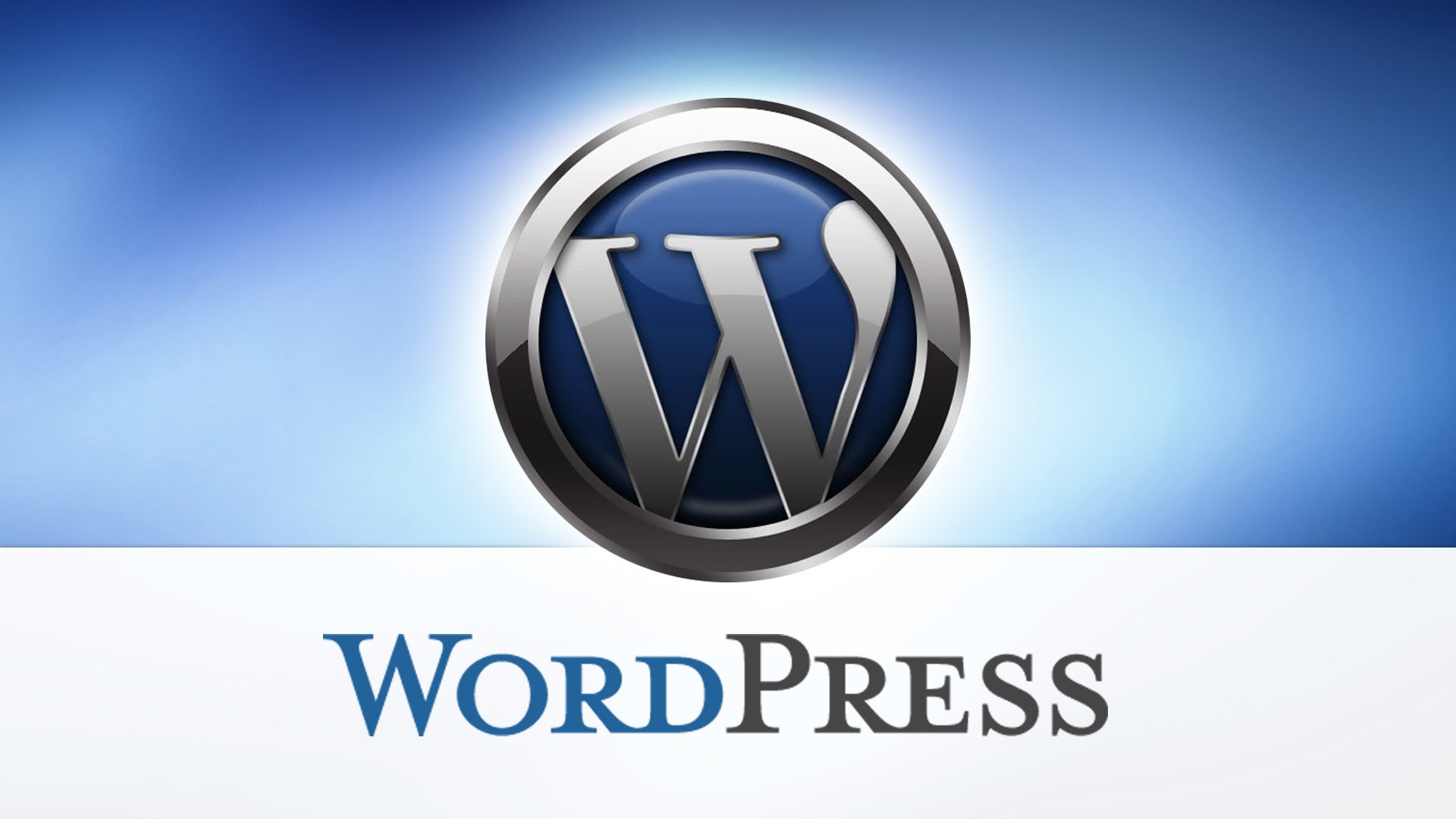
WordPress is a free and open-source content management system (CMS) written in PHP and paired with a MySQL or MariaDB database. Features include a plugin architecture and a template system, which allow users to customize their site’s features and design without having to modify the underlying code. WordPress was created as a blog-publishing system, but it has since evolved to support other types of websites, including personal portfolios, small business sites, and e-commerce platforms.
WordPress is the most popular CMS in the world, powering more than 43% of all websites. It is a popular choice for both beginners and experienced users, as it is easy to use and customize. WordPress also has a large community of developers who create plugins and themes that extend its functionality.
Choose a Hosting Provider

The first step in building your WordPress website is to select a reliable hosting provider. A hosting provider is a company that will store your website’s files on their servers, making it accessible to visitors on the internet. Take your time to research different hosting companies, compare their features, pricing, and customer reviews before making a decision. Some popular hosting providers for WordPress include Bluehost, SiteGround, and HostGator.
Register a Domain Name
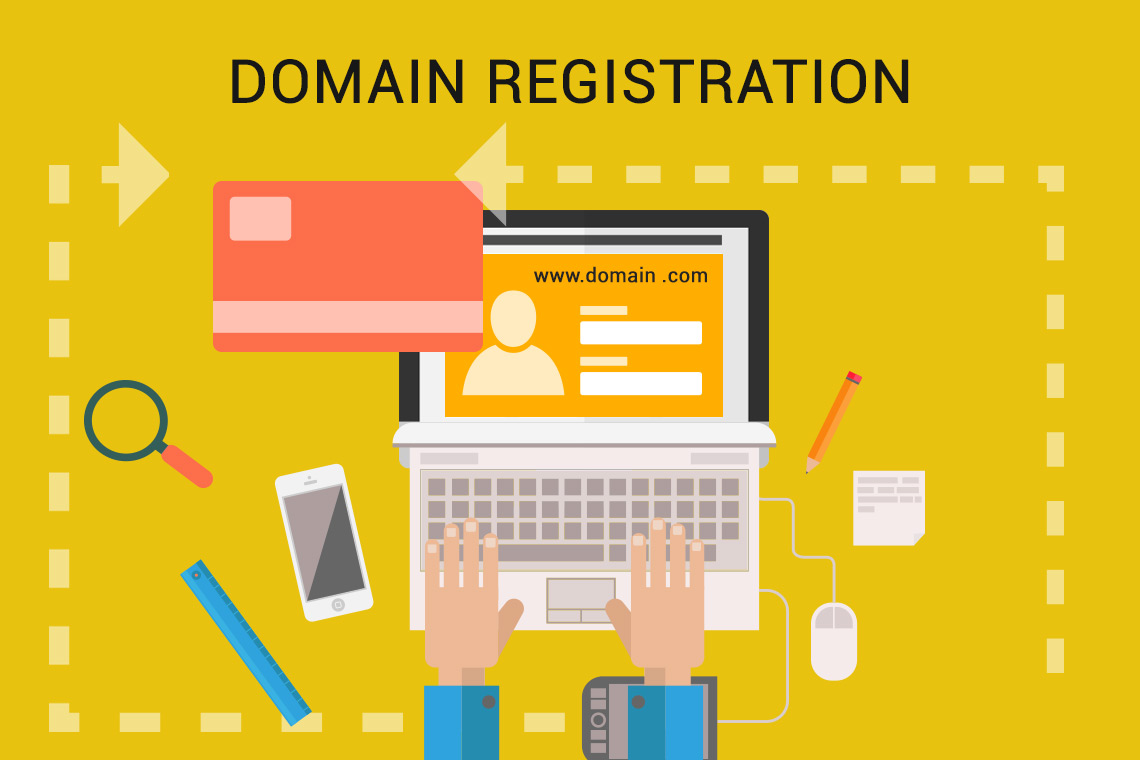
Once you’ve chosen a hosting provider, it’s time to pick a domain name for your website. A domain name is the web address that visitors will use to access your site (e.g., www.yourwebsite.com). Try to choose a domain name that is memorable, easy to spell, and relevant to your content. Most hosting providers offer domain registration services, making it convenient to purchase and manage your domain name in one place.
Install WordPress
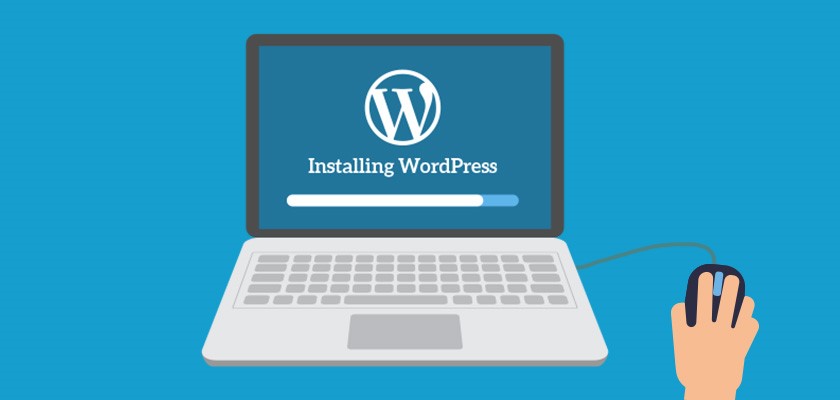
With your hosting and domain ready, you can now install WordPress. Many hosting providers offer a one-click WordPress installation, making the process incredibly simple. Once you log in to your hosting account’s control panel, look for the “Install WordPress” option and follow the on-screen instructions. Within minutes, your website will be up and running on WordPress.
Choose a Theme

Themes are pre-designed templates that determine the appearance and layout of your WordPress site. Choose a theme that aligns with your website’s purpose and branding. You can find thousands of free and premium themes in the WordPress Theme Directory or third-party marketplaces. After selecting a theme, you can easily install and activate it from your WordPress dashboard.
Customize Your Website

Now comes the fun part – customizing your website to make it uniquely yours. In your WordPress dashboard, navigate to “Appearance” and then “Customize.” Here, you can modify various elements such as site title, tagline, logo, colors, background, and more. Most themes also come with customization options that allow you to tailor your website’s look without any coding knowledge.
Install Essential Plugins
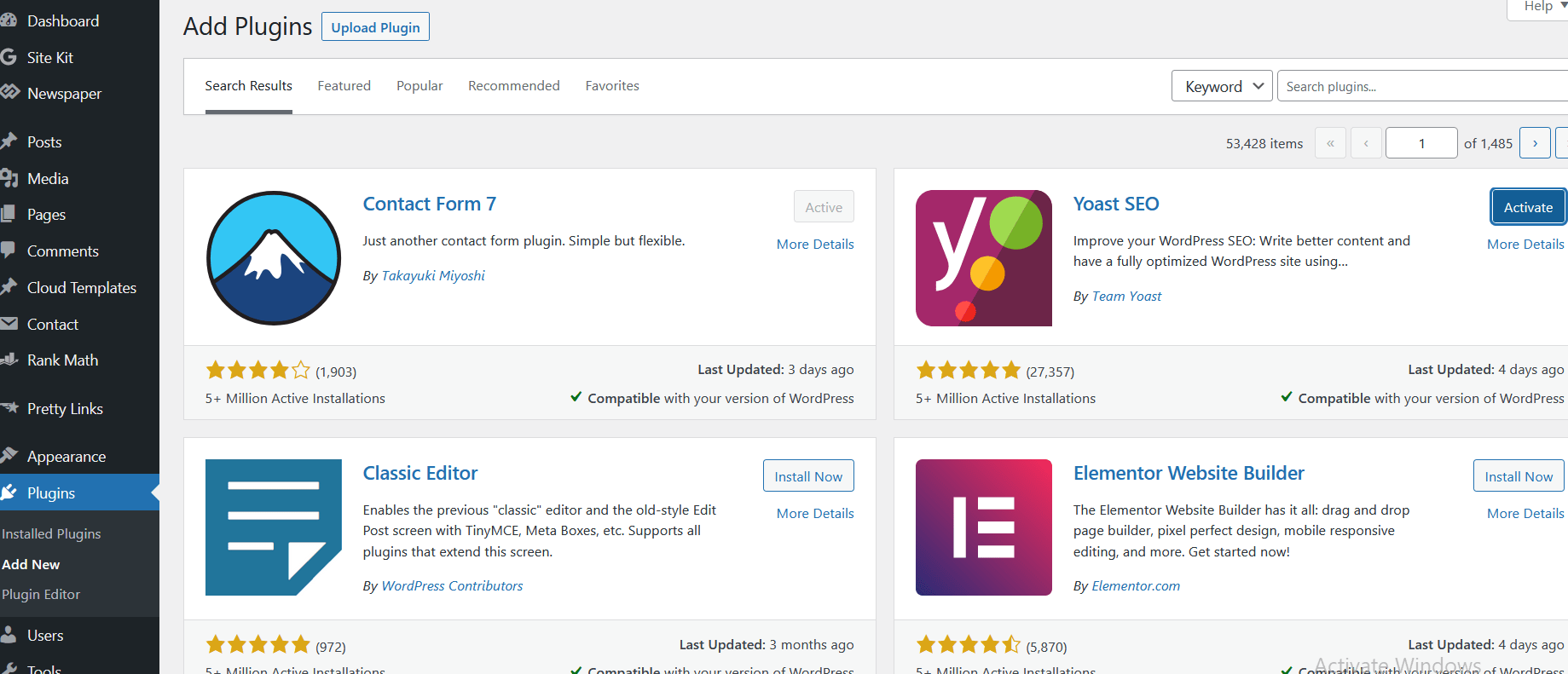
Plugins are extensions that add extra functionality to your WordPress site. From SEO optimization to contact forms and social media integration, plugins can enhance your website’s performance and user experience. Some essential plugins to consider installing include Yoast SEO for SEO optimization, Akismet for spam protection, and Jetpack for overall site improvement. Be cautious not to install too many plugins, as they can slow down your website.
Create Essential Pages
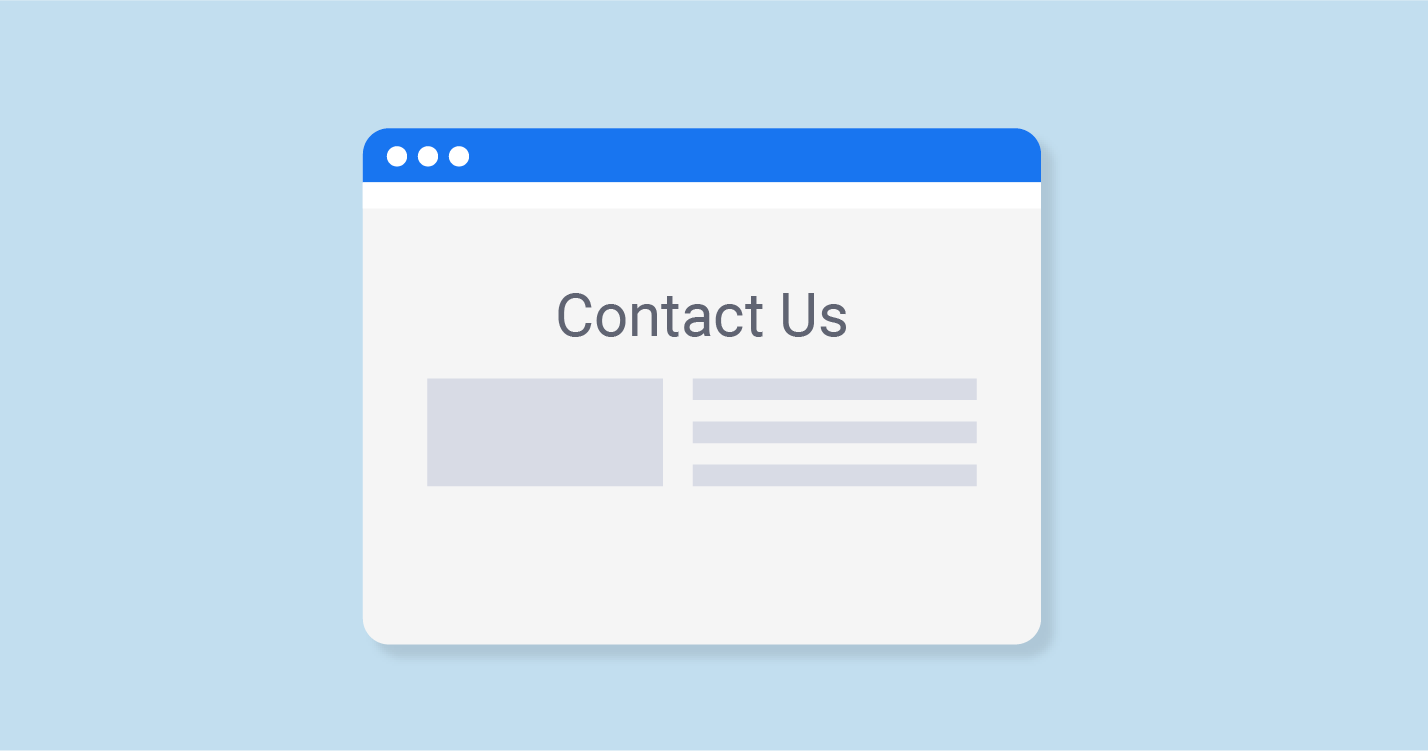
Before you start publishing content, ensure that your website has some crucial pages. These typically include:
- Home: Your website’s main page and the first thing visitors see.
- About Us: A page that provides information about you or your business.
- Contact: A page with contact details or a contact form for visitors to get in touch.
- Privacy Policy and Terms of Service: Important legal pages that outline your website’s policies.
Publish Content

With the groundwork laid, it’s time to start creating and publishing content. Whether you’re writing blog posts, showcasing products, or providing services, consistent and valuable content is essential for engaging your audience. Use the WordPress editor to create new posts and pages, and don’t forget to incorporate relevant images and multimedia to make your content more appealing.
Conclusion
Congratulations! You’ve successfully set up your WordPress website from scratch. By following this step-by-step guide, you’ve gained a solid foundation for creating and managing your site. Remember to keep exploring the vast WordPress ecosystem, as there are endless possibilities for customization and growth. As you become more familiar with the platform, you’ll find yourself mastering advanced techniques and taking your website to new heights.




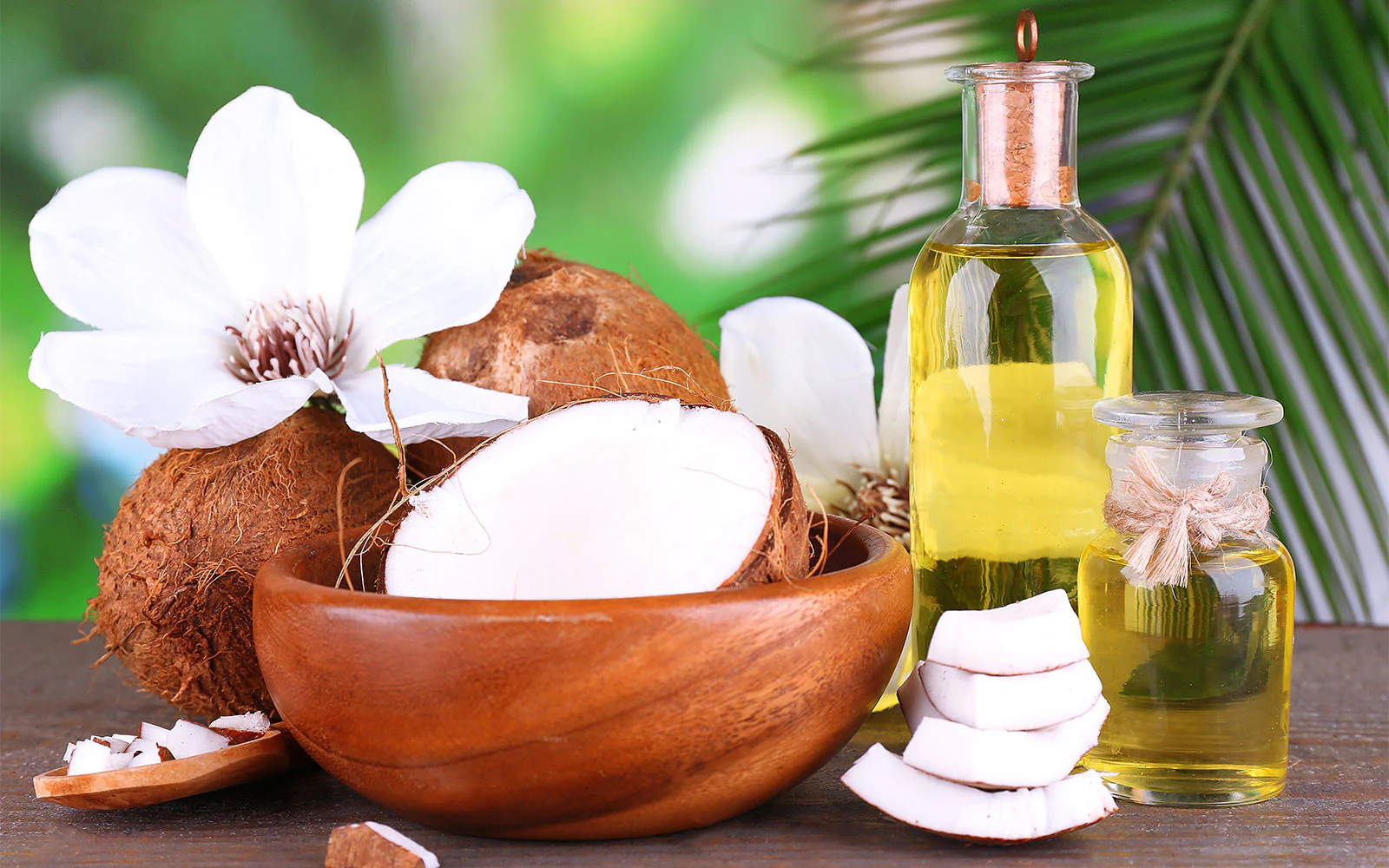

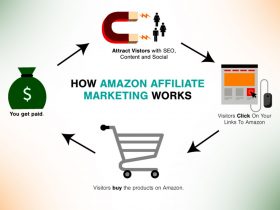







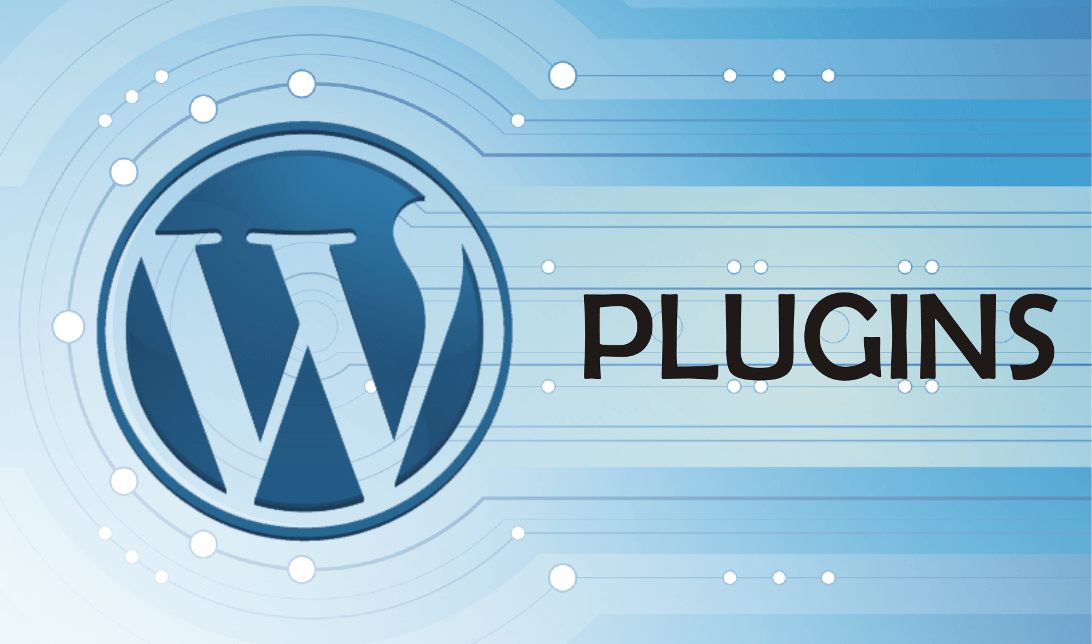

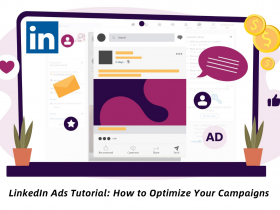
Leave a Reply